Rhythms of the Heart
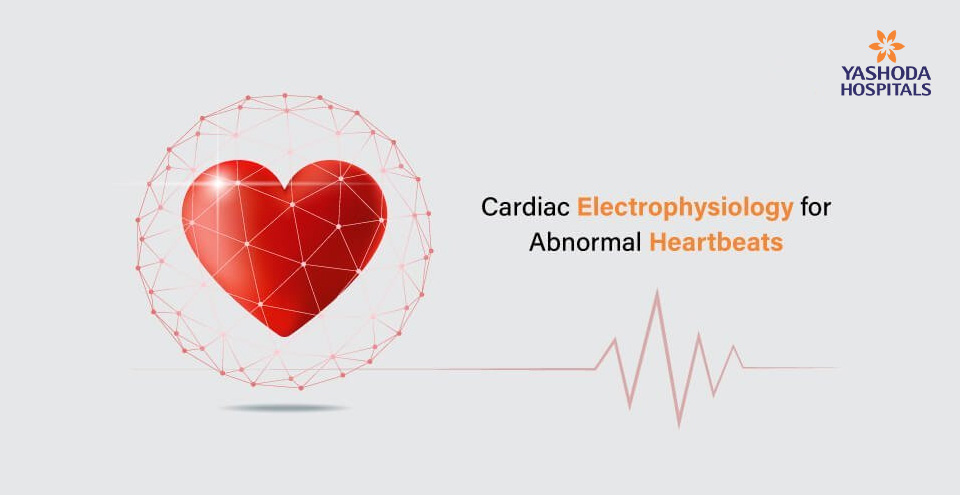
At a Glance:
What are the common arrhythmias seen in clinical practice?
Which are the arrhythmias seen in people with and without structural heart disease?
What are the treatment modalities available today to treat tachyarrhythmias?
What is an Electrophysiology Study (EPS)?
What is an Electrophysiology Laboratory?
What is Radio Frequency Ablation (RFA)?
What are the indications for Radio Frequency Ablation?
What are the potential risks of EP Studies and RFA?
Who is our Electrophysiologist?
For the heart to pump blood through the body, it needs an electrical impulse to start a heartbeat. This electrical impulse fires first in an area of the heart called the sino-artial (S-A) node. The S-A node gives off electrical impulses that make the heart beat 60 to 100 times per minute under normal conditions. The electrical impulse is relayed along the special conduction system of the heart. This causes the heart muscle to contract evenly, the atria contracting a little earlier than the ventricles.
Rhythm disturbances or arrhythmias may be either bradyarrythmias (slow rates <60/min) or tacharrythmias (rapid rates > 100/ min). Tacharrythmias can be divided into supraventricular tachycadias or ventricular tachycardias. Too slow or too fast a heartbeat may cause the following symptoms.
- Dizziness or light-headedness
- Fatigue
- Palpitations
- Shortness of breath
- Chest pain or pressure
- Syncope
It is hard to predict when these fast or slow heart rhythm disturbances will occur and without special testing, it is difficult to treat them. Specific testing on the electrical system of the heart provides information that can be vital.
What are the common arrhythmias seen in clinical practice?
Arrhythmias are quite common in a day-to-day clinical practice. It is said that approximately 2-3 per thousand people in the general population have paroxysmal supraventricular tachycardia. The most common arrhythmia seen in clinical practice is atrial fibrillation. This is followed by other supraventricular arrhythmias like AV Node re-entry and AV re-entry tachycardia which form more than 90% of the clinical supraventricular tachycardias. Ventricular arrhythmias are also not uncommon specially in the setting of patients with structural heart disease like dilated cardiomyopathy and myocardial infarction.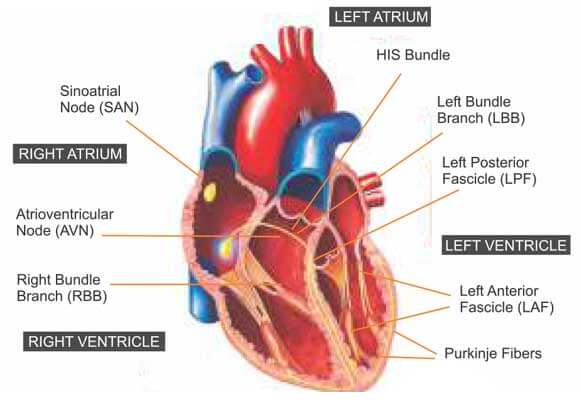
Which are the arrhythmias seen in people with and without structural heart disease?
AV Node re-entry and AV re-entry tachycardia (with or without pre-excitation on the resting ECG) are usually seen in patients with structurally normal heart disease. Atrial fibrillation and Atrial flutter occur most commonly in patients with structural heart disease specially, rheumatic heart disease, hypertensive heart disease, ischaemic heart disease and also dilated cardiomyopathy. Approximately 90% of ventricular tachycardias occur in the setting of structural heart disease. About 10% of the ventricular tachycardias can occur in structurally normal hearts and they arise from specific sites in the right and left ventricles. These are usually seen in young patients.
What are the treatment modalities available today to treat tachyarrhythmias?
The conventional method of treating arryhythmias is drug therapy. Drugs are usually chosen empirically, based on the mechanism of arrhythmias. Approximately 50-60% of the supraventricular arrhythmias are controlled on 1-2 anti-arrhythmic medications. Approximately, 40% of the supraventricular arrhythmias tend to recur despite drug therapy. The treatment of recurring ventricular arrhythmia can be either guided by 24 hours ambulatory ECG monitoring or by the response of the arrhythmia during EP Study. Recently, radio frequency ablation has become available as a powerful tool to treat supraventricular and some forms of ventricular arrhythmias. Most of the supraventricular arrhythmias are now amenable to radio frequency ablation, which offers a permanent cure for those with this disabling condition. At present, only some of the ventricular arrhythmias are amenable to treatment by radio frequency ablation. Notable among them are idiopathic right ventricular outflow tachycardia and left ventricular fascicular tachycardia.
What is an Electrophysiology Study (EPS)?
The EP Study is a low risk cardiac procedure that has been performed in major heart centers of the world for many years. The EP Study makes it possible to study the cardiac rhythm disturbance under controlled circumstances. The electrophysiologist (a cardiologist who has specialized in cardiac arrhythmias) performs these studies, places special catheters inside the heart using fluoroscopy guidance. In order to record all the electrical impulses, three or more catheters may be used. These catheters may also be used to reproduce abnormal heart rhythms by various pacing protocols. The procedure is performed under local anesthesia and may take 2-3 hours.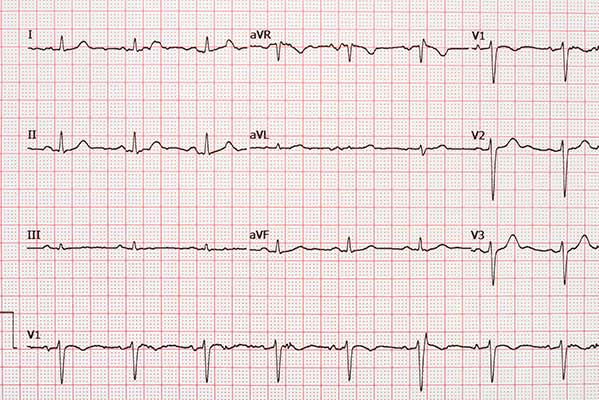
What is an Electrophysiology Laboratory?
The Electrophysiology Laboratory is a set of technologically advanced equipments which record electrical signals from the heart and electrically stimulate the heart. The electrophysiology lab works in conjunction with the cardiac catheterization laboratory utilizing its fluoroscopic equipment for varying the position of the catheter electrodes inside the heart. The software controlled monitor panels provide multiple channels of ECG monitoring, while the ablation unit generates radio frequency energy for ablating the areas involved in arrhythmias.
What is Radio Frequency Ablation (RFA)?
Radio frequency ablation is a technique that is used to treat tachycardias. Radio frequency energy is low power, high frequency alternating current which has been used for decades by surgeons to cut tissue or to stop bleeding (cautery). A much smaller dose of radio frequency is used for the treatment of tachycardias. If appropriate, RFA is used to treat extra electrical connection or pathway which runs between the chambers of the heart. The applications of radio frequency energy to these pathways destroys them permanently stopping the short circuit that can make the heart beat 3 to 4 times faster than normal. Radio frequency ablation offers a permanent cure to most of the supraventricular arrhythmias and some of the ventricular arrhythmias, obviating the need for long term drug treatment.
What are the indications for Radio Frequency Ablation?
Radio frequency catheter ablation is indicated for the following group of patients:
- Patients with symptomatic supraventriculartachycardias who continue to have recurrent tachycardias in spite of drug therapy.
- Young patients with symptomatic, recurrent SVTwho do not wish to continue drug therapy life long or who develop side effects to drugs.
- Patients with WPW syndrome who haveSymptomatic SVT.
- Patients with idiopathic ventricular tachycardiawho are resistant to drugs or develop side effects to drugs.
- Young individuals with Focal Atrial Fibrillation.
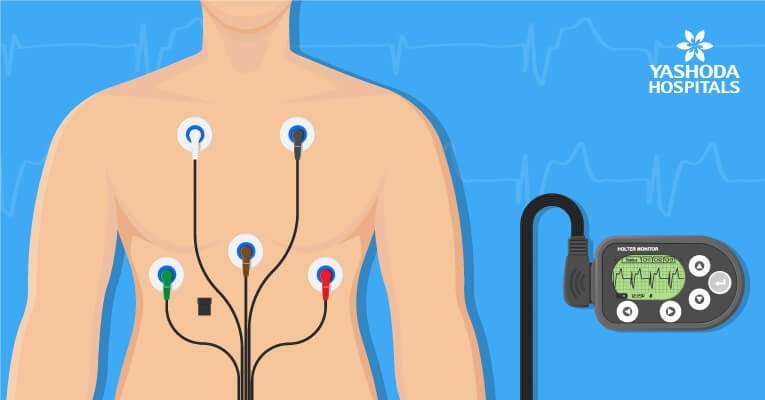
What are the potential risks of EP Studies and RFA?
The EP Study is a low-risk procedure that has been performed in major heart centers for many years. The information it provides can be vital. Although most people undergoing EP Studies do not experience any complications, the complications that may arise are similar to any routine cardiac catherization. EP Study is the most comprehensive method available for evaluating and treating heart rhythm disturbances.
Who is our Electrophysiologist?
Dr. V. Rajasekhar, has a fellowship in Electrophysiology from Chang Gung Memorial Hospital, Taiwan. He obtained MD & DM, Cardiology from Postgraduate Institute of Medical Education & Research (PGIMER), Chandigarh, and MBBS from Osmania Medical College, Hyderabad. He has one and half decades of experience in interventional cardiology with the expertise in all complex interventional procedures including transradial interventions, multi-vessel stenting, left main stenting and bifurcation angioplasty. He is among the few electrophysiologists in the country with a great deal of experience in catheter ablation of complex arrhythmias. His expertise includes implantation of all types of rhythm devices including AICDS, bi-ventricular pacemakers and combo devices. He is a national and international proctor for aspiring and new implanters of devices. His other areas of skills are peripheral interventions such as, carotid stenting, balloon valvotomy, pediatric intervention and device closure of septal defects.
About Author –
Dr. V. Rajasekhar, Consultant Interventional Cardiologist, Yashoda Hospital, Hyderabad
MD, DM (Cardiology)




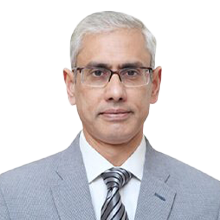
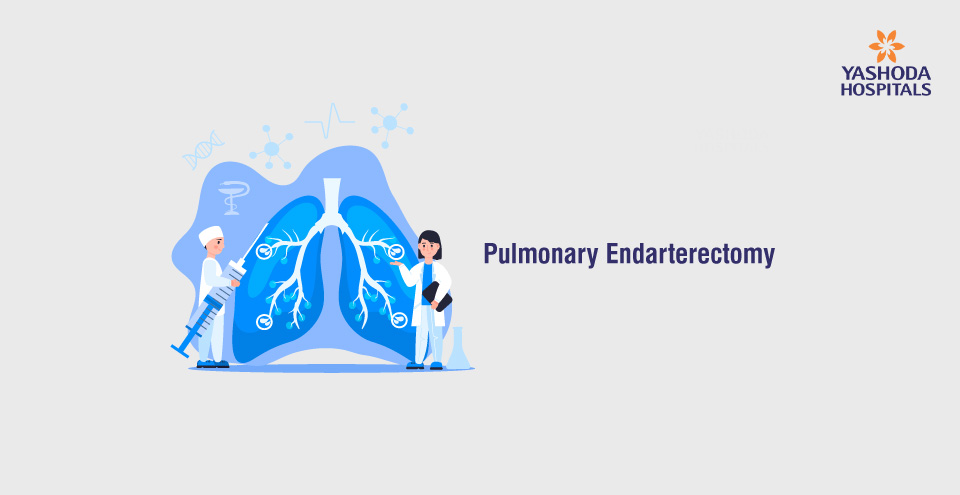
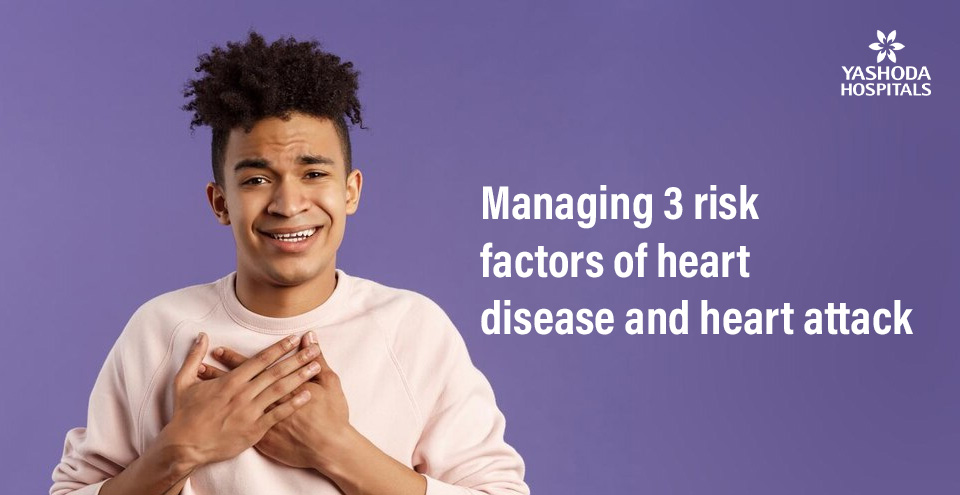
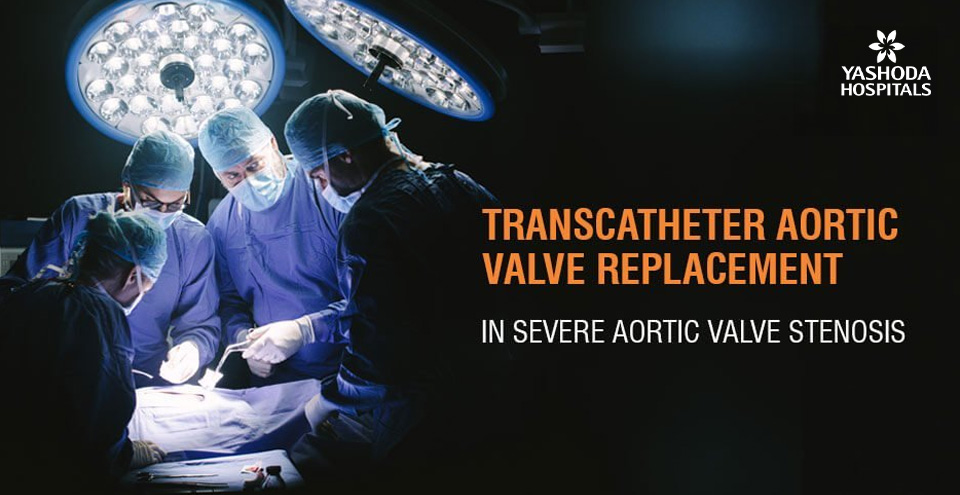
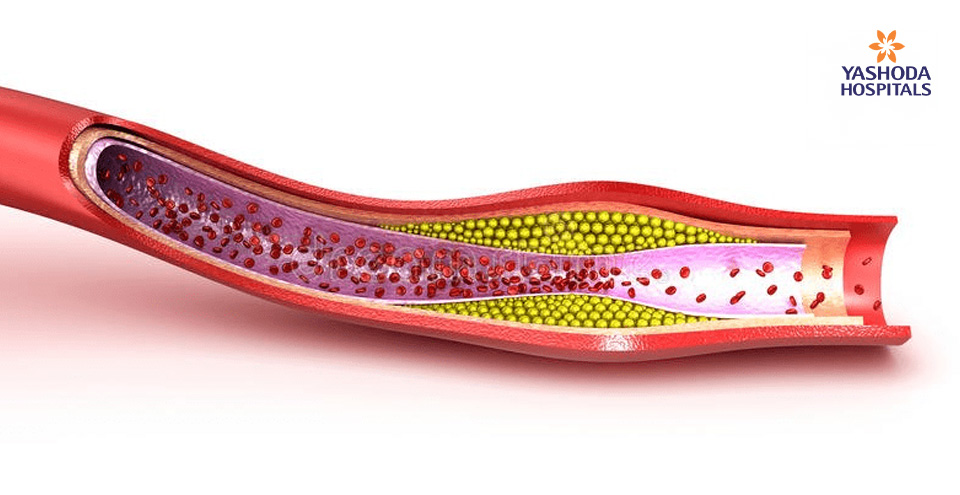

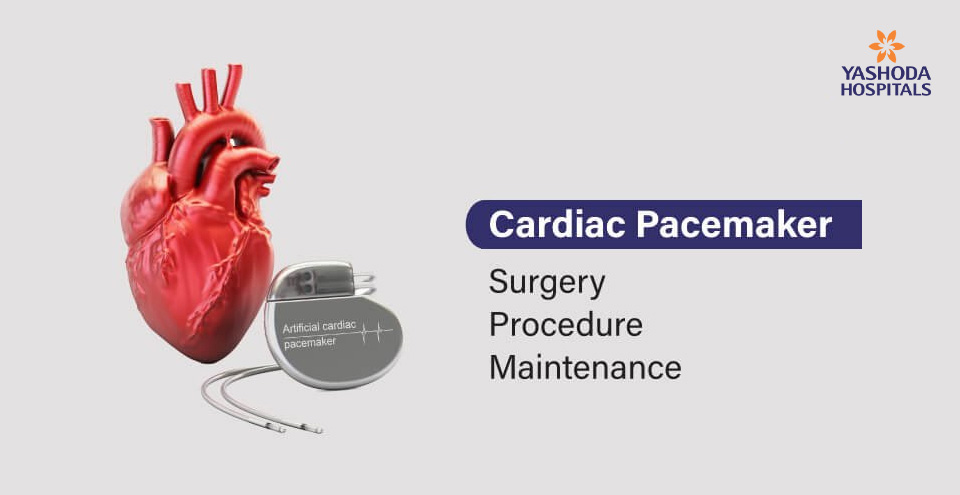
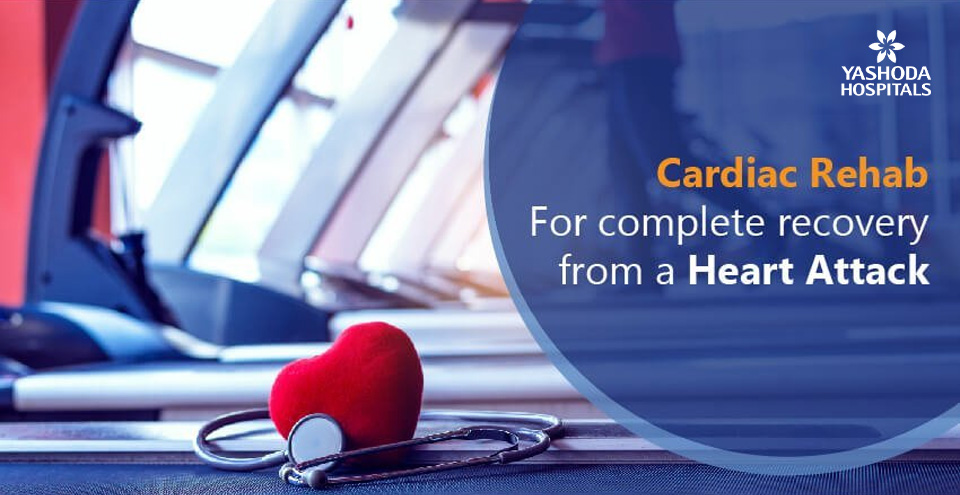
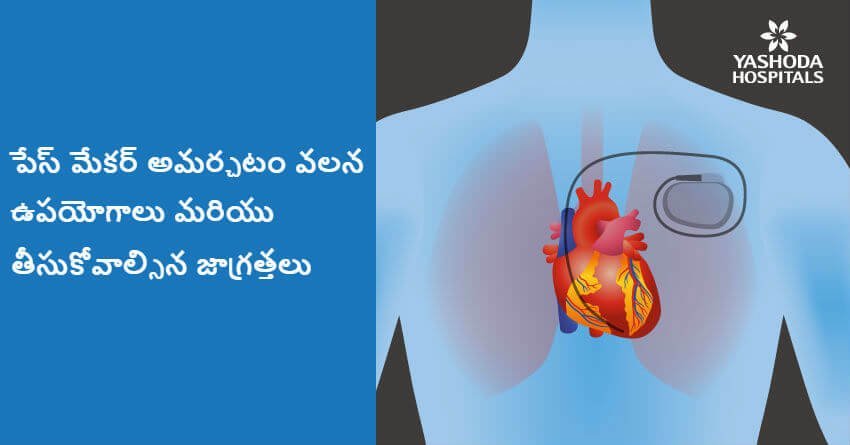


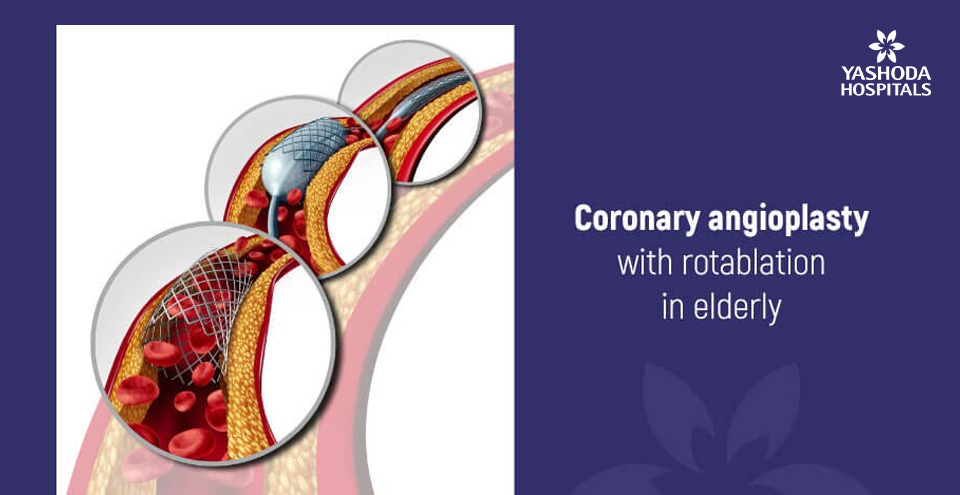
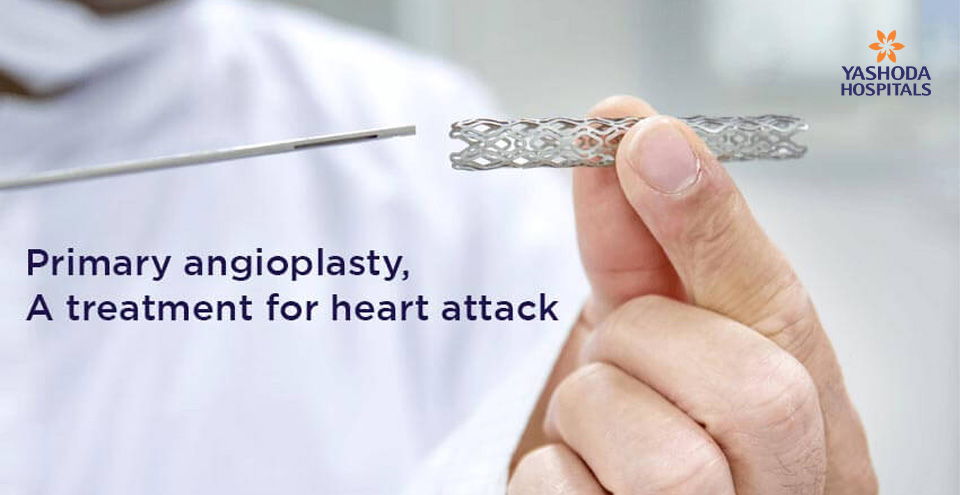





 Appointment
Appointment WhatsApp
WhatsApp Call
Call More
More